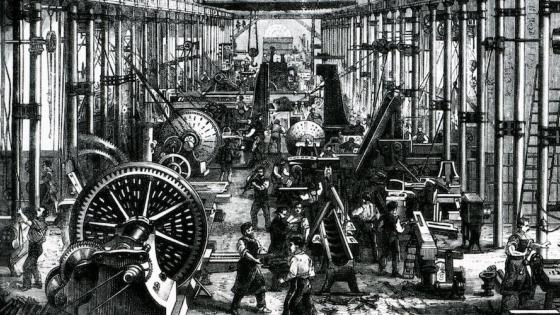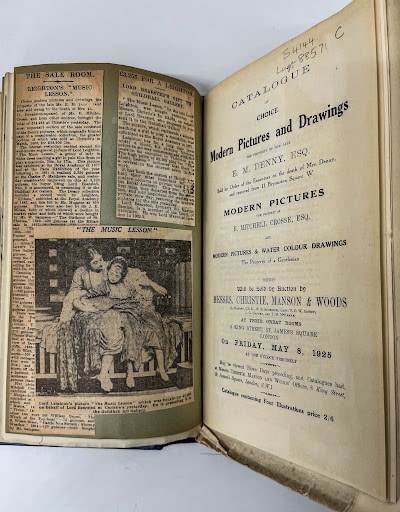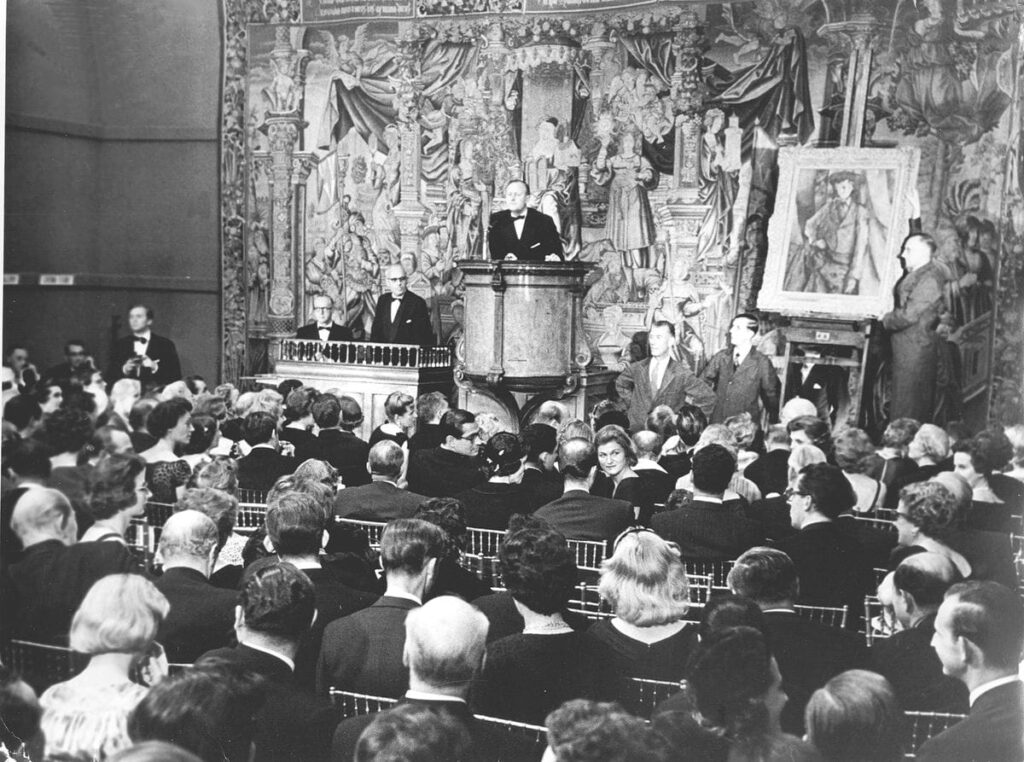
The 1st Industrial Revolution was a transformative period in history that brought about unprecedented advancements and innovations. While the revolution is commonly associated with the rise of mechanized production and steam power, there was another groundbreaking development that often goes unnoticed: auctions.
In this article, we will explore the revolutionary power of the 1st Industrial Revolution and delve into how auctions fundamentally transformed the world. Auctions played a vital role in revolutionizing the way goods and services were bought and sold. The advent of auctions not only transformed the world of commerce but also had far-reaching social implications. It allowed entrepreneurs to access a wider customer base and expand their businesses.
Table of Contents
- Introduction
- The significance of auctions during the 1st Industrial Revolution
- Auctions as a tool for buying and selling goods and services
- Impact on distribution channels and market participation
- Auctions facilitating the exchange of various commodities
- Key innovations in auction technology during the 1st Industrial Revolution
- Introduction of catalogues and printed materials
- Emergence of specialized auction houses
- Enhancements in auction efficiency and participant experience
- The role of auctions in the development of capitalism
- Auctions as a mechanism for price determination
- Democratization of access to goods and services
- Efficient allocation of resources through competitive bidding
- Challenges and controversies surrounding auctions during the 1st Industrial Revolution
- Issues of fairness and collusion among bidders
- Insider trading and misuse of privileged information
- Concerns about fraud and manipulation in the auction process
- Conclusion
The significance of auctions during the 1st Industrial Revolution
During the 1st Industrial Revolution, auctions emerged as a powerful tool that revolutionized the way goods and services were bought and sold. This transformative period, marked by the rise of mechanized production, steam power, and technological advancements, also witnessed a profound shift in the way markets operated. Auctions played a crucial role in this transformation, serving as a dynamic platform for the exchange of goods and the facilitation of trade.
The 1st Industrial Revolution significantly increased goods production as factories became more efficient, creating a demand for improved distribution channels. Auctions emerged as a solution, providing a centralized marketplace for buyers and sellers to negotiate prices and exchange goods. This competitive environment ensured that the highest bidder secured items, allowing sellers to maximize profits.
Beyond physical goods, auctions also facilitated the exchange of services, intellectual property, and financial instruments, becoming essential to the capitalist system. They enabled entrepreneurs to reach broader customer bases, expand operations, and meet the rising demand for various products and services. Thus, auctions played a crucial role in shaping market participation during this transformative period.
Key innovations in auction technology during the 1st Industrial Revolution
The 1st Industrial Revolution was a period of remarkable technological advancements, and auctions were no exception. Auction houses and organizers continuously sought to improve the efficiency and effectiveness of their operations, leading to a series of innovative developments that transformed the auction landscape.
A notable innovation was the use of catalogues and printed materials to advertise and promote auction events. Auction houses began to produce detailed catalogs that provided information about the items up for sale, their descriptions, and their estimated values. These catalogs were distributed to potential buyers, allowing them to research and prepare for the auction in advance. This practice increased the reach of auctions and enhanced the overall experience for participants.

The 1st Industrial Revolution also saw the emergence of specialized auction houses that catered to specific markets or industries. For example, art auctions, antique auctions, and livestock auctions became increasingly common, each with their own unique characteristics and bidding dynamics. The specialization of auction houses enabled them to develop expertise in their respective fields, providing buyers and sellers with more specialized and tailored services.

The role of auctions in the development of capitalism
Auctions played a pivotal role in the development of capitalism during the 1st Industrial Revolution. As the economic system shifted towards a more market-driven approach, auctions became a critical mechanism for facilitating the exchange of goods, services, and capital. One of the key contributions of auctions to the capitalist system was their ability to determine fair market prices. The competitive bidding process inherent in auctions allowed for the efficient discovery of prices that reflected the true value of the items being traded.
Auctions also played a crucial role in the democratization of access to goods and services. By providing a centralized and transparent platform for the exchange of goods, auctions allowed a wider range of buyers and sellers to participate in the market. This increased accessibility fostered competition, encouraged innovation, and enabled the growth of small and medium-sized enterprises. Entrepreneurs could now reach a broader customer base and expand their operations, contributing to the overall dynamism of the capitalist system.
Furthermore, auctions during the 1st Industrial Revolution facilitated the efficient allocation of resources. The competitive bidding process ensured that goods and services were directed to the buyers who valued them the most, as evidenced by their willingness to pay the highest price. This allocation mechanism helped to optimize the utilization of resources and promoted economic efficiency, which was essential for the sustained growth of capitalism.

Challenges and controversies surrounding auctions during the 1st Industrial Revolution
While auctions significantly transformed the marketplace during the 1st Industrial Revolution, they also encountered challenges and controversies. Concerns about fairness arose, particularly regarding collusion among bidders. Powerful participants could coordinate bids to manipulate prices or exclude certain buyers, undermining the competitive nature of auctions. This issue prompted policymakers to prioritize regulations to ensure fair practices within the auction system.
Another major controversy involved insider trading and the misuse of privileged information. Auction houses and their employees occasionally exploited their access to information about items, allowing them to gain an unfair advantage in bidding. This lack of transparency diminished public trust in the auction process and raised questions about the integrity of the marketplace.
Additionally, the rapid growth of auctions led to fears of fraud and manipulation, such as shill bidding, where fake bids inflate prices. Such practices harmed legitimate buyers and sellers and threatened the credibility of the auction system. In response, regulators began implementing measures to enhance transparency and fairness, including rules governing auction practices and oversight mechanisms to maintain the reliability of auctions as a platform for trade.
Conclusion
The 1st Industrial Revolution was a pivotal moment in history, marked by groundbreaking advancements in technology, production, and the global economy. While this period is often associated with the rise of mechanized manufacturing and the steam engine, the transformative power of auctions should not be overlooked. Auctions played a crucial role in revolutionizing the way goods and services were bought and sold during the 1st Industrial Revolution. It contributed to the development of capitalism, enabling entrepreneurs to reach a wider customer base and expand their operations. However, the rapid growth and influence of auctions during the 1st Industrial Revolution also gave rise to challenges and controversies. Issues of collusion, insider trading, and fraud threatened the integrity of the auction system, prompting policymakers and regulators to introduce measures to enhance transparency and fairness.

